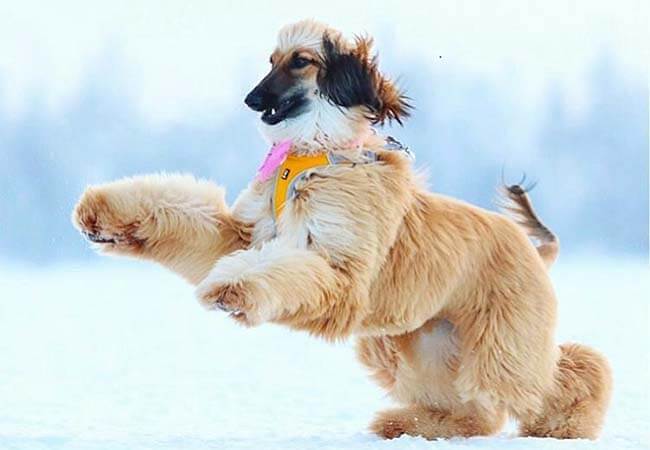
With the development of breed clubs and kennel clubs during the mid-19th century, dog breeding became more rigorous and many breeds were developed during this time. Further research indicates that the concept of neoteny as a means of distinguishing dogs from wolves is baseless. Other researchers believe that because this comparison is based on the grey wolf, which is not the ancestor of the dog, that this comparison is invalid. The example of canine neoteny goes even further, in that the various dog breeds are differently neotenized according to the type of behavior that was selected.

It has been seen that these traits can even prompt an adult female wolf to act more defensively of dog puppies than of wolf puppies. These traits made it more comfortable for humans and dogs to live together. It is believed that when human civilization moved towards agrarian societies, dogs were selectively bred for smaller size and more docile behavior. Artificial selection in dog breeding has influenced behavior, shape, and size of dogs. Through this process, hundreds of dog breeds have been developed. To maintain these distinctions, humans have intentionally mated dogs with certain characteristics to encourage those characteristics in the offspring. Over these millennia, domesticated dogs have developed into distinct types, or groups, such as livestock guardian dogs, hunting dogs, and sighthounds. Humans have maintained populations of useful animals around their places of habitat since pre-historic times. Outcrossing is the planned breeding between two unrelated dogs, used to increase genetic diversity in a breed and decrease genetic issues or abnormalities inherited from line breeding or inbreeding.
#Dash hound hd system. full#
Line breeding is differentiated from inbreeding by excluding pairings between parents and offspring, and between full siblings. This is done to strengthen the appearance of specific desired traits in offspring. Line breeding is the planned breeding of dogs with their relatives.

Dogs commonly give birth in a whelping box, a simple box or pen provided to the dam to help shelter and contain the puppies.Ī person who intentionally mates dogs to produce puppies is referred to as a dog breeder. A whelp is a newborn puppy and giving birth to dogs is called whelping. A litter consists of the puppies born from the same pregnancy. The female parent of puppies is referred to as the dam and the male parent is referred to as the sire. Breeding relies on the science of genetics, hence a breeder who is knowledgeable on canine genetics, health, and the intended purpose of the dogs attempts to breed suitable dogs. When dogs reproduce without such human intervention, their offspring's characteristics are determined by natural selection, while "dog breeding" refers specifically to the artificial selection of dogs, in which dogs are intentionally bred by their owners. Dog breeding is the practice of mating selected dogs with the intention of maintaining or producing specific qualities and characteristics.


 0 kommentar(er)
0 kommentar(er)
